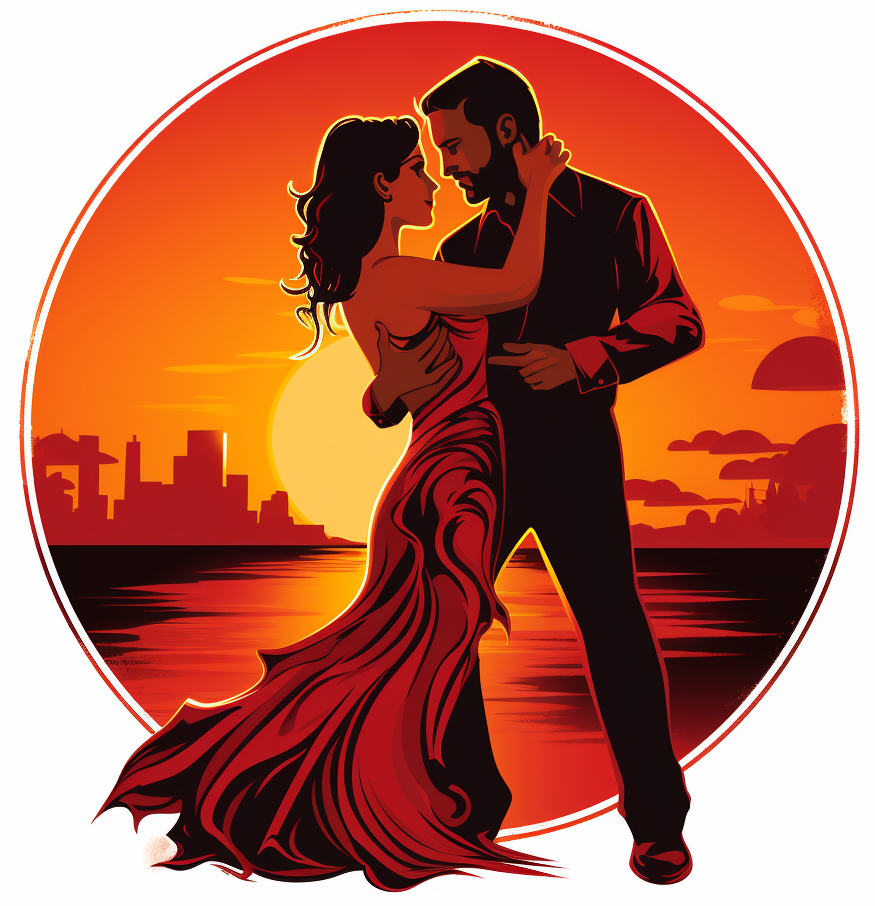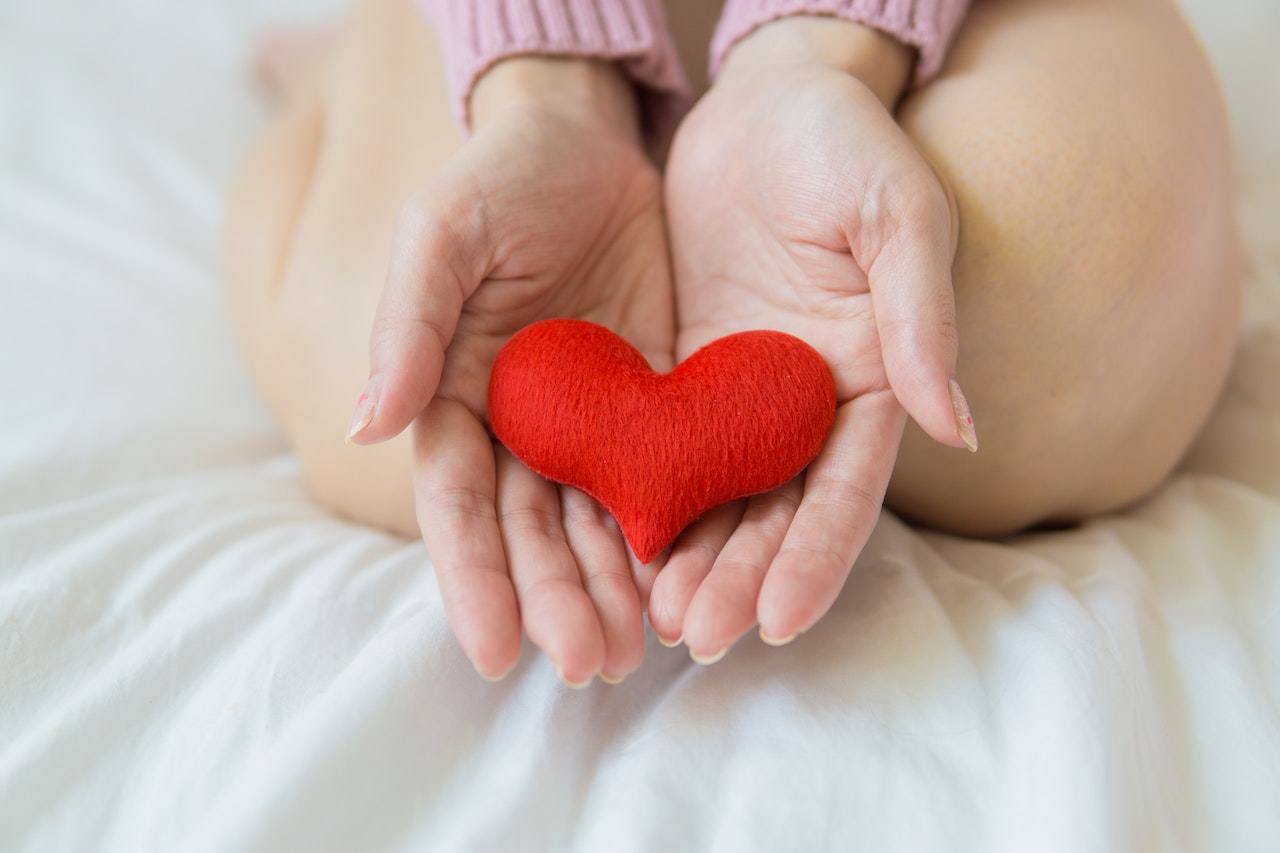Dancing with pain
Dancing with pain can be a challenging experience, but it’s not an insurmountable obstacle. Dance, in its essence, is a form of physical expression, and dealing with pain can be a part of this journey. The important factor here is understanding your own body’s signals and acknowledging when it’s time to take a step back.
It’s crucial to listen to your body and respect its limits. If you feel pain while dancing, it may be an indication that you’re pushing yourself too hard or performing a move incorrectly. It might also be a sign of an underlying health issue that requires medical attention.
Equally important is learning how to manage your pain. Warm-up and cool-down routines, regular stretches, proper footwear, and maintaining a balanced diet can all contribute to a healthier dancing experience. There is also the option of seeking professional help from physical therapists or sports injury specialists.
Remember, dance is a joyous expression of your inner self. Don’t let pain override that joy. Instead, view it as a communication tool to help you better understand and care for your body. It’s all part of the journey of becoming a more mindful and resilient dancer.
Dealing with Injury
Experiencing an injury that prevents you from dancing can feel devastating, but it doesn’t have to be a period of stagnation. There are several strategies you can employ to ensure you continue growing as a dancer during this time.
Firstly, shift your focus towards theory. Understand the musicality, rhythms, and structures of your chosen dance style. This can enhance your interpretative abilities once you return to the dance floor. Secondly, use this time for mental rehearsal. Visualizing dance sequences can help keep your cognitive dance skills sharp.
Maintain your physical fitness within safe boundaries. Depending on your injury, you may still be able to do light workouts, stretching, or work on other body parts. Additionally, consider exploring dance history or other dance forms to broaden your dance knowledge.
Finally, remain connected with your dance community. Attend socials, not to dance, but to watch, learn, socialize, and support others. Remember, a temporary setback doesn’t define your dance journey. Your passion, resilience, and willingness to learn do.
What happens to the body when you dance..
Dancing is a holistic activity that engages the body and mind in a joyful, creative expression. It is a form of physical activity that works on multiple body systems simultaneously.
When you dance, your muscular system comes alive. Dancing requires strength, flexibility, and endurance, leading to toned muscles, increased range of motion, and enhanced stamina. The rhythmic movements can also help improve posture and alignment, which can alleviate common issues like backaches.
Cardiovascular health benefits greatly from dancing. As an aerobic exercise, it increases heart rate, improves lung capacity, and boosts circulation. This results in better oxygen and nutrient delivery to the body’s cells and can help reduce the risk of heart disease.
The skeletal system also benefits from dancing. Weight-bearing movements, like jumping and landing, can strengthen bones and reduce the risk of osteoporosis. The art of dance also improves balance, coordination, and spatial awareness, contributing to the body’s overall agility.
On a neurological level, dancing enhances brain function. It requires memory, attention, and quick decision-making, thus stimulating several brain areas, and improving cognitive health.
Dancing also triggers the release of endorphins, the body’s natural feel-good hormones, reducing stress and boosting mood. So, not only does dancing sculpt the body and keep it physically healthy, but it also nurtures mental wellbeing.


